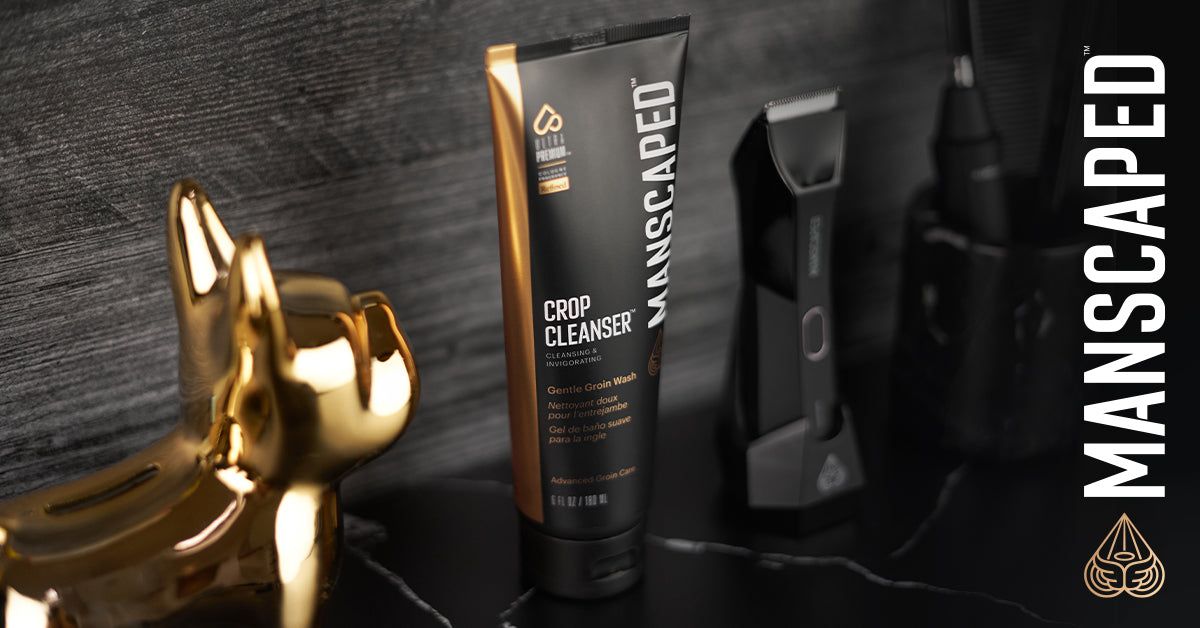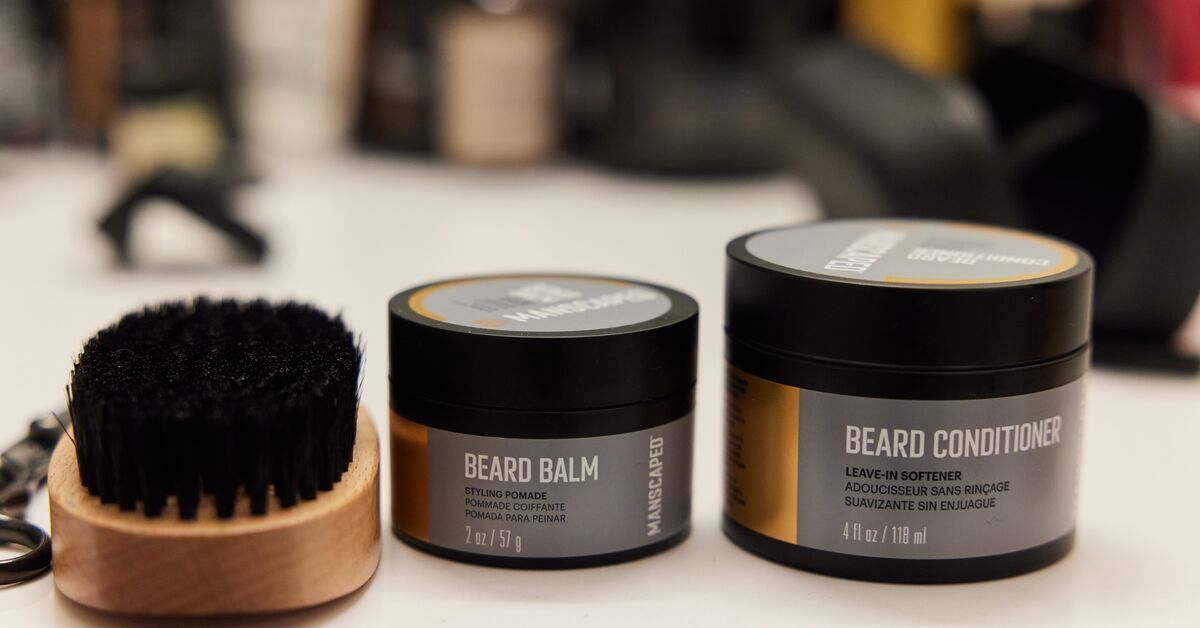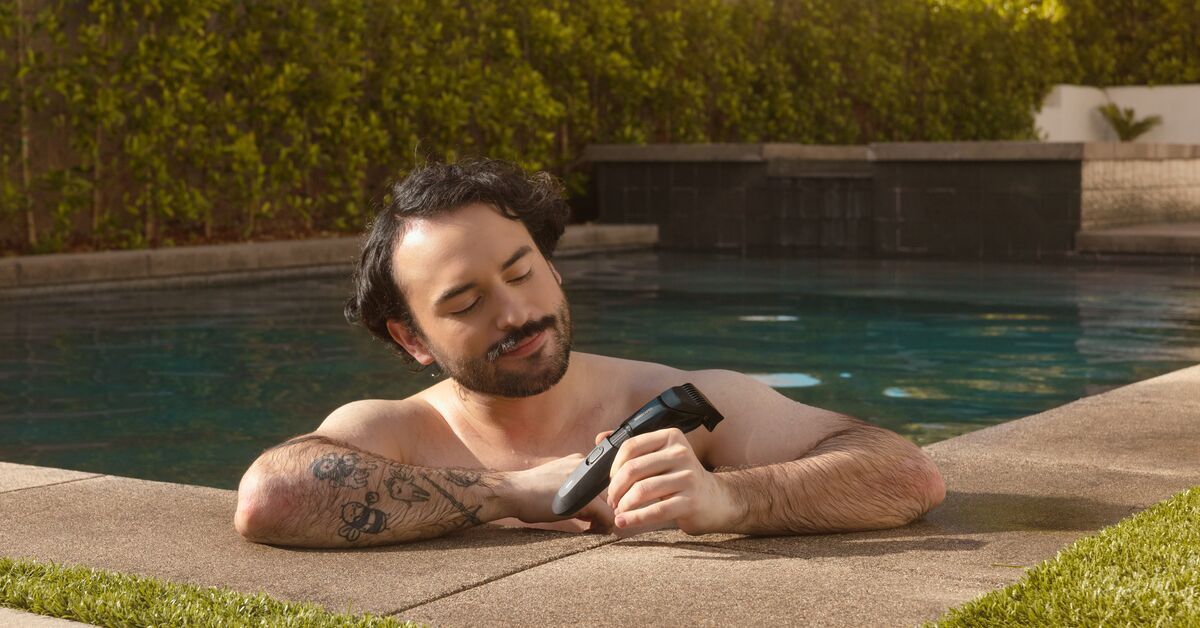
Men! Welcome to today's talk. We're going to take a deep dive into skincare for men. More specifically, we're going to focus on your face. They call it the money maker for a reason, and you want to keep yours in pristine condition for as long as you can. To do that, you need to learn the basics, and we're going to lay it all out for you.
The basics of a men’s skincare routine
Skincare feels like rocket science initially, but the entire concept can be boiled down to four basic points. If you keep to the four points, you'll be fine.
- Cleanse
- Exfoliate
- Moisturize
- Protect
Point number 1: Choose a cleanser
You need a face wash. It is different from body or bar soap. It is a wash specifically designed for your face. That means it can contend with oils (as our faces tend to get much oilier than most of our skin) without causing dry skin. When you have a cleanser that feels good, use it every single morning and night. Using a moisturizer frequently will keep your face looking young and healthy for many, many years.
Point number 2: Find an exfoliator
You also need an exfoliator. A good exfoliator will clear out your pores and keep your skin relatively soft and healthy. It also helps to avoid ingrown hairs when you shave. Typically, you should be exfoliating one to two times a week. It doesn't take long. You got this.
Point number 3: Moisturize
Moisturizer is infinitely important. It keeps you from getting a wrinkled, creased face. It keeps your skin healthy. It softens your beard a little and helps avoid razor burn. You want a good moisturizer, and you do it every morning and night in tandem with your cleanser.
Point number 4: All of the sunscreen
The sun is awesome. It's the source of everything that gives life to our planet. It is also brutal. Sunlight will wear down your skin over time. Sunscreen helps to avoid that. Most importantly, sunscreen dramatically reduces the risk of skin cancer.

Start by understanding your skin type
We just told you to choose a bunch of products that are right for you. How do you do that? You have to figure out what kind of skin you have and what it does and doesn't like. We can generalize and put all skin into one of four categories:
- Dry skin
- Oily skin
- Normal skin
- Combination skin
Quite clearly, dry and oily skin have opposite needs. Normal skin sits in the middle, and combination skin can be a little tricky. Mostly, it means you need to be adaptable.
When you shop for products, they will cater to one of these skin types. That should help you find the right stuff a lot faster. Still, there will be some trial and error involved. Don't settle. Make sure your cleanser and moisturizer feel great.
Choosing a cleanser right for your skin
Your cleanser needs to be designed for your skin type. Something that helps clear oily skin will exacerbate dry skin. The inverse is also true. Cleansers market to this, so it's not hard to get started.
We want to take a minute to talk about the harder situation: combination skin. Since this skin will have both oily and dry spots, you probably cannot use a single cleanser on your face all the time. You can rotate cleansers, or you can get meticulous and use the right product on each portion of your face, depending on what it needs. These options apply to all products for combination skin.
3 tips for using a cleanser on your face
When it comes to using the cleanser, it's pretty easy. Just apply it according to the instructions. To help you avoid trouble, remember these three tips.
Avoid alcohol and bar soap
Avoid alcohol and bar soap—both of these dry out your skin immensely. Even if you have oily skin, bar soap and alcohol aren’t great for it.
Use warm water
You are going to apply the cleanser with your fingers by gently rubbing it in circles. You do not need to scrub or agitate your face. Using a cleanser is a gentle process, and many people find it soothing.
Pat dry
Pat dry. You need to rinse your face and dry it when you're done. You don't want to scrub the water off. Even this part is gentle, so simply pat your face dry.

Choosing an exfoliating method right for your skin
Let's get into exfoliating. How you exfoliate will depend on your skin type. Dry skin usually has shrunken pores, while oily skin has larger pores; this impacts how you should exfoliate.
Dry skin
For dry skin, you want to avoid abrasive exfoliation. Instead of using an agitator to clear the pores, you want a chemical exfoliator. Glycolic acid is the industry standard. It essentially dissolves things in the pores, so you don't have to aggravate your dry skin by scrubbing it.
Oily skin
Oily skin loves manual exfoliation. Get a face agitator and scrub that bad boy. The process isn't vigorous; you still need to be gentle. But, you don't need to worry about exfoliating chemicals. You can do this the mechanical way.
Normal skin
Normal skin is the easiest. In a lot of cases, you can just wipe your face clean with a washcloth. That won't work for all normal skin, so experiment with your "agitator." The big point here is that you don't have to scrub a normal face.
Combination skin
Combination skin is again going to require a mix and match approach. You'll have to experiment to decide what works best for you.
3 tips for exfoliation
You can improve your exfoliation routine with three simple tips.
Rub in circles
First, mechanical exfoliation involves a circular rub. It's gentle, but it has intent. Rub in circles enough to feel the impacts of exfoliation. If you are using a chemical exfoliator, you will use your fingers and rub them in small circles.
Rinse with warm water
When you're done, always rinse with warm water. It clears away everything you just loosened by exfoliating and completes the promise.
Pat your face dry
The third tip will sound familiar. Pat your face dry. You've rubbed it enough already.

Choosing a moisturizer right for your skin
Let's move on to moisturizers. Even a bad moisturizer is probably better for your face than no moisturizer, but we can do better. It's the modern age. Take advantage of technology.
Oily skin
Starting with oily skin, you want to focus on face lotions. Lotions are mostly water, so they won't exacerbate the oily situation you have there.
Dry skin
Dry skin needs the opposite. You want a nice moisturizing face ointment. It's better at locking in the moisture and will help enormously with the dryness.
Normal skin
Normal skin often prefers face creams. They sit between lotions and ointments in their intensity.
Combination skin
With combination skin, experiment with the three options and determine which one gets the best results.
3 tips for using moisturizer
Moisturizing is pretty easy, but we've seen some strange attempts at it over the years. These three tips will keep you from doing anything too weird.
Less is more
First, you don't need a lot of moisturizer. Your face is not as big as it feels. Take about a pea-sized drop and rub your hands together a little. You're not rubbing it completely into your hands, but you want to spread it out a bit.
Use small circular motions
From there, apply it to your face in small, circular motions; this will not make your face feel drenched in cream or lotion. Instead, it will have a gentle, refreshing feeling. That's the point. You're doing this twice a day. There is no need for overkill.
Finish with upward strokes
Finish on your neck. You want upward strokes to apply here, and you'll have to account for your beard (which shouldn't be too bush since we're talking about your neck).
If you have a substantial beard, you don't need any facial treatments on the hair parts. Instead, your beard treatments should take care of the skin under the scruff.
Choosing the right sunscreen according to Cancer.org
We've made it to sunscreen. While sunscreens can be designed to moisturize, restore the skin or perform several other functions, you're committing to quality skincare. You don't need a multi-function sunscreen. What you need is something that protects you from UV rays. Preferably, you'll get sunscreen designed for your face. It will usually be less oily and a bit easier to apply.
When shopping around, Cancer.org has some good advice for you. Get protection against a broad spectrum. We'll skip the science lesson and leave it simple. Broad-spectrum means it helps protect against more UV.
Check the SPF. It's a numerical rating that tells you how potent your sunscreen is. The minimum SPF recommended by Cancer.org is 30.
Lastly, water-resistant and waterproof are not the same thing. Water-resistance is measurable, and the label should tell you how long it lasts under different environments. Swimming will kill the sunscreen faster than sweating. Check the label and make sure you reapply as needed.
Your quick step-by-step skincare routine
Ok. You know what items you need for skincare. You know how to apply each of them. Let's put it all together.
Morning routine
Your morning routine begins after your shower. You should be dry at this point (wet hair is fine). Start with your cleanser if it's an exfoliating day; that happens second. Shave after exfoliating for best results. Then, you moisturize your skin. Finish up with sunscreen (assuming your moisturizer doesn't have SPF).
Evening routine
The evening routine is shorter. In theory, you won't be sleeping in the sun, so you can skip that step. There are only two components to evening skincare:
- Cleanse your face before bed.
- Once it’s dry, apply your moisturizer. That's it.
You are now an expert on men's skincare. Congratulations. You understand that it’s important, and you have the means to do it well. Now enjoy that handsome mug of yours.
P.S.
For a quick rundown of body skincare (though you can read about it in other blog posts) here you go:
- Wash with UltraPremium Body Wash for your body and Crop Cleanser for your groin
- Exfoliate your groin with Crop Exfoliator™
- Moisturize with UltraPremium Hydrating Body Spray for your body
- Moisturize and deodorize your groin with cult fave, Crop Preserver®
- Refresh your man goods with Crop Reviver®
07.18.22
Share

Featured Articles
- Your Favorite Ball Deodorant. Now with a New Scent: Perservere.MANSCAPED® + TCS for Testicular Cancer Awareness MonthIntroducing The Lawn Mower® 5.0 Ultra TCS Special Edition and TCS Ball Hero BundleThe Dome Shaver™ Pro vs. The Dome Shaver™ Plus: Which Should You Choose?The Chairman™ Pro vs. The Chairman™ Plus: Which Should You Choose?



